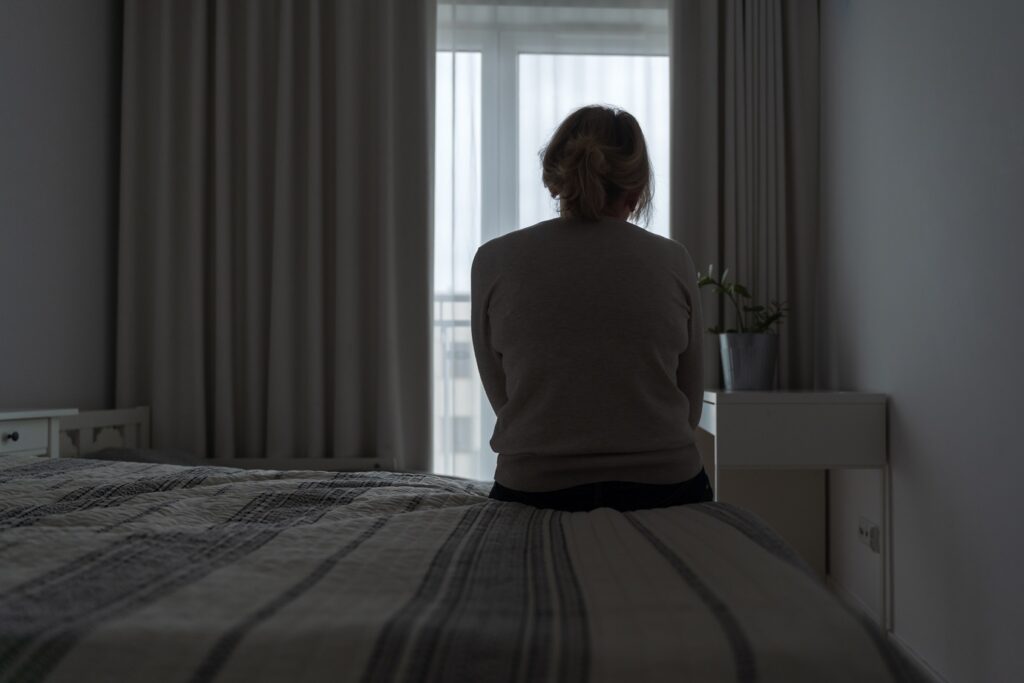Almost 80 per cent (4 in 5) single women renting in Australia are living below the poverty line, according to a new report from the Grattan Institute.
Among more than 200,000 retired Australian households who rent privately, Grattan’s analysis shows two-thirds are living in poverty, with women disproportionately affected.
Housing is typically Australians’ biggest expense, and retirees who rent tend to have lower incomes alongside higher housing costs than retired homeowners.
The report, Renting in retirement: Why Rent Assistance needs to rise, says that most retirees who rent have little super and other financial savings, with the problem set to get worse, as home ownership rates among the poorest Australians have markedly declined.
The share of over-65s who own their home is tracking to fall from 76 per cent today to 70 per cent by 2036, and 57 per cent by 2056, the report says, noting that women who separate from their partner are especially vulnerable to losing ownership of their home before retirement.
Just 34 per cent of women who separate from their partner and lose the house manage to purchase another home within five years, and only 44 per cent do so within 10 years. By contrast, 42 per cent of separating men buy a home within five years, and 55 per cent within 10 years.
Without action to tackle housing affordability, this increases the risk that more older women in particular will face homelessness as they approach retirement.
The Grattan Institute report shows most older working Australians who rent do not have sufficient savings to keep paying rent in retirement. The poorest 40 cent of renting households aged 55-64 have less than $40,000 in net financial wealth.
While the government has lifted the maximum rate of Rent Assistance by 27 per cent in the past two budgets, the data shows this isn’t good enough, with the rents paid by people who get Rent Assistance having increased nearly 1.5 times faster than the maximum rate of the payment since 2001.
“A single retiree who relies solely on income support can afford to rent just 4 per cent of one-bedroom homes in Sydney, 13 per cent in Brisbane and 14 per cent in Melbourne after covering basic living expenses,” said Brendan Coates, the Grattan housing and economic security program director.
Coates also noted the retirement outlook and home ownership looks particularly bad for Gen X and younger generations, as “today’s low-income renters are tomorrow’s renting retirees”.
To help stop this cycle, the report is calling on the government to increase the maximum rate of Rent Assistance by a further 50 per cent for singles and 40 per cent for couples.
To reach younger renters as well, Coates proposes any increase to Rent Assistant apply to working-age households.
The report is also calling for Rent Assistance to be indexed to increases in rents for the cheapest 25 per cent of rental homes in capital cities, rather than to inflation.
Boosting Rent Assistance in this way would cost the government about $2 billion a year, with about $500 million of that going to retirees.
The report says low-income women would particularly benefit, as almost 60 per cent of the total $2 billion cost of raising Rent Assistance would go to households headed by women.


